This is all about unique experiences in Tokyo. Japan is filled with unique and extraordinary experiences that blend tradition with modernity. From its diverse culinary scene to quirky fashion trends like Harajuku Fashion, ancient temples, and vibrant festivals, this city offers endless possibilities for travellers seeking something different. This article will uncover some offbeat and non-touristy activities in Tokyo. Here are eight unique experiences in Tokyo followed by three offbeat attractions Tokyo.
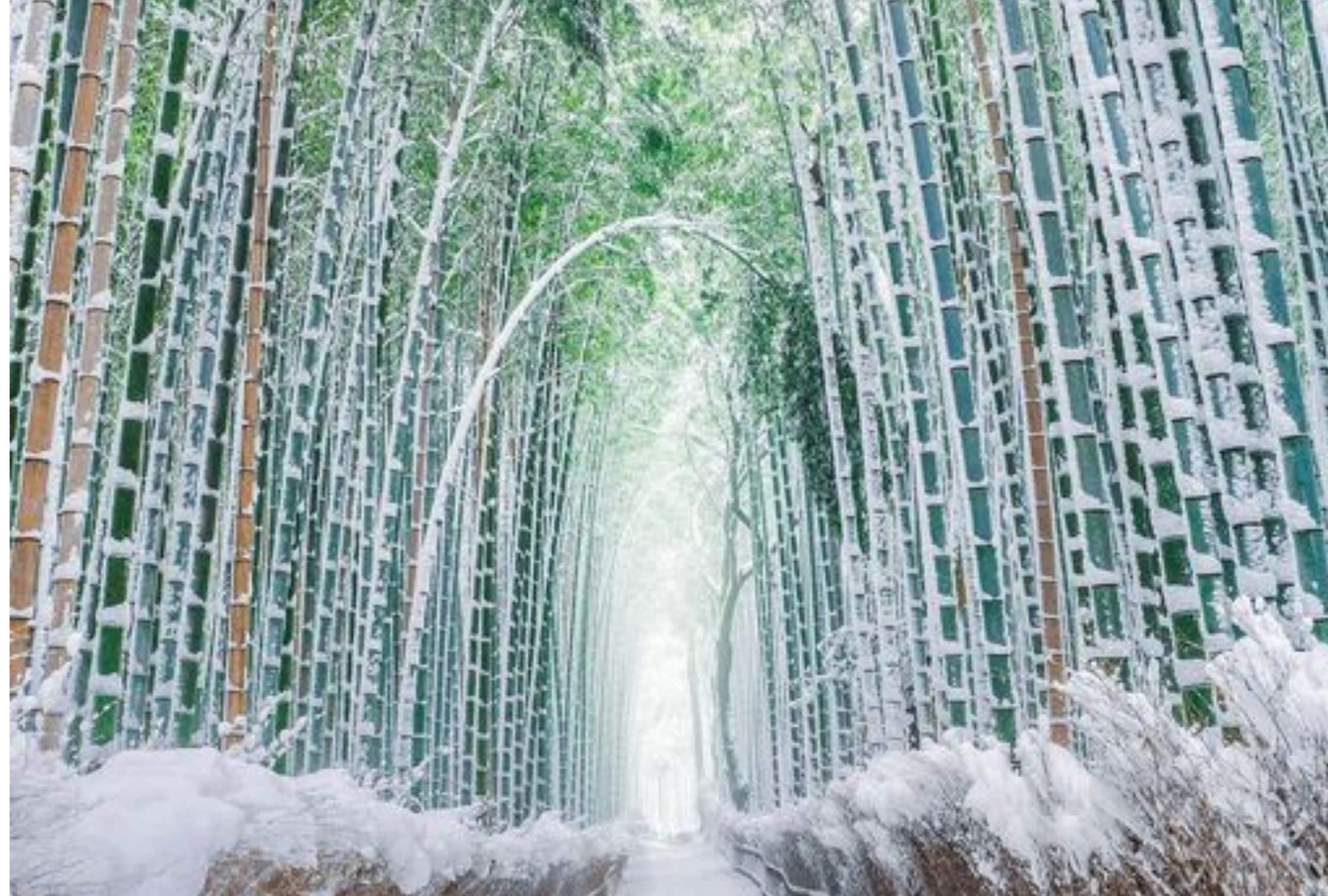
Top 8 unique experiences in tokyo
1. Stand Amid Soaring Bamboo Stalks
Experience the enchantment of standing amidst towering bamboo stalks without venturing to Kyoto. Suzume-no Oyado Ryokuchi Park in Tokyo boasts a 200-year-old bamboo forest. Just a short walk from Toritsudaigaku Station or Gakugeidaigaku Station on the Tokyu Toyoko Line, it offers serenity and photo opportunities. You can take the chance to explore a restored traditional Japanese house within the park.
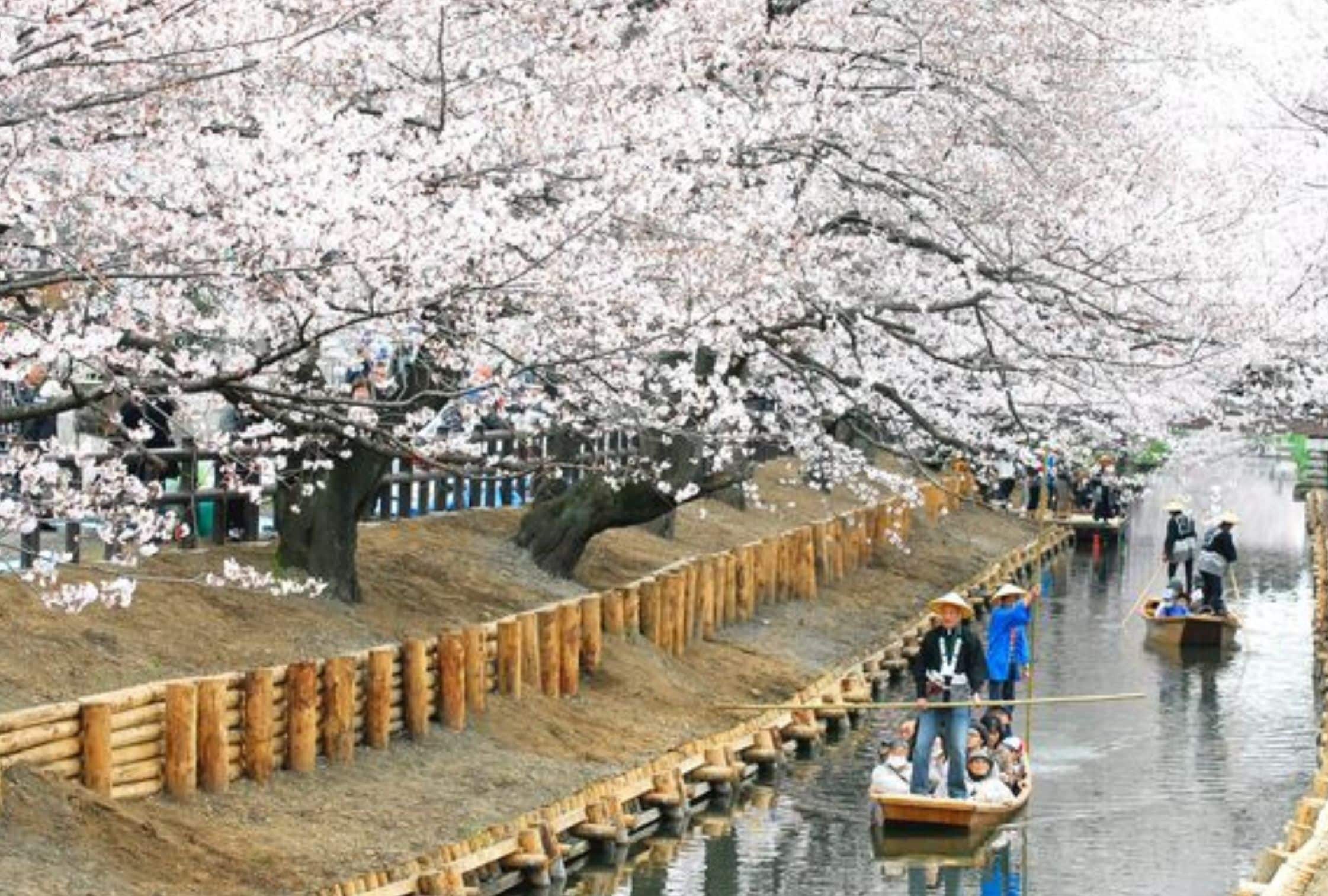


2. Get a Feel of Edo-Period Japan
Kawagoe, often called Ko-Edo (Little Edo), transports you to the Edo era with its traditional buildings and Kurazukuri Street lined with shops and restaurants. Look at the fire-resistant clay warehouse buildings and visit Kawagoe’s iconic Toki no Kane (Bell of Time). To reach Kawagoe from Tokyo, you can choose from three stations: Kawagoe (JR and Tobu), Kawagoe-shi (Tobu), and Hon-Kawagoe (Seibu).



3. go vintage shopping
Tokyo is a haven for second-hand shopping, also known as vintage shopping. This is the place for preloved designer wear at reasonable prices and in pristine condition. Shimokitazawa, Koenji, Harajuku, Shibuya, and Kichijoji are known for vintage shops. Shimokitazawa stands out for its preloved clothing, records, art, and cosy cafes catering to both men and women.
For affordable kimonos, check out Furugisho Otora in Koenji. Harajuku’s narrow lanes are a paradise for quirky fashion enthusiasts, with KINJI Harajuku, a huge vintage shop, offering used designer wear. In Shibuya, Vintage Qoo is your destination for luxury handbags and accessories, including Chanel, Louis Vuitton, Gucci, Prada, Celine, and Saint Laurent. Prices are not cheap, but items are in excellent condition. Head up to the second floor of Vintage Qoo to find display cases full of beautiful timepieces from Rolex, Gucci, and Chanel and a collection of rare handbags from Chanel and Hermès on the second floor.
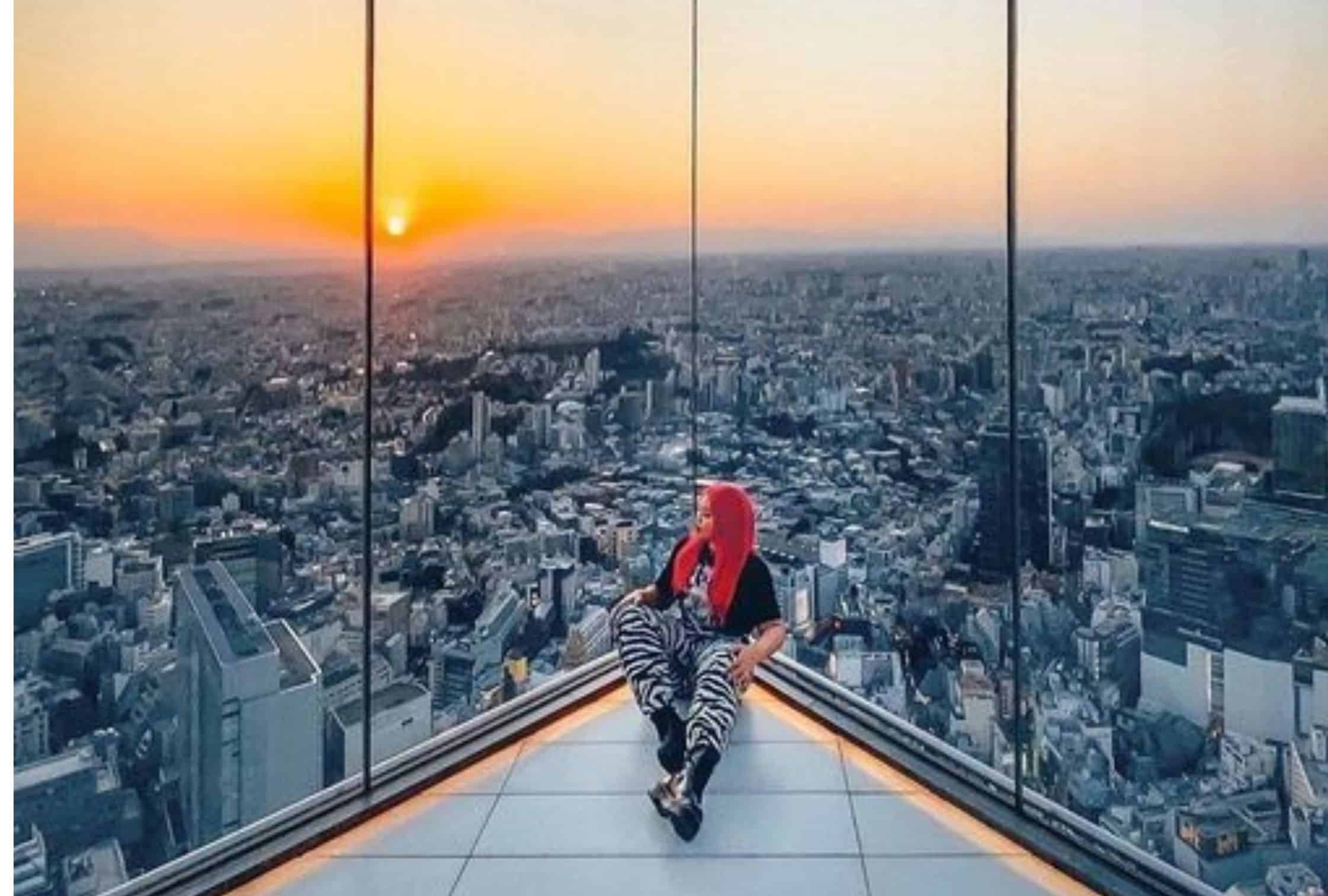


4. Watch a scramble of people
We said non-touristy activities but do not miss watching the organised chaos of Shibuya Crossing, known as the ‘Scramble.’ Shibuya Crossing has been featured in films and television shows, including Lost in Translation, The Fast and the Furious: Tokyo Drift, Alice in Borderland, and Resident Evil: Afterlife. A high vantage point allows you to fully appreciate a scramble of up to 3,000 pedestrians crossing simultaneously. An excellent place to be is the 360° open-air observation deck atop Shibuya Scramble Square, known as Shibuya Sky. The ‘Sky Edge’ provides an unobstructed view of the city and its famous Scramble, making it an ideal spot for panoramic photos.
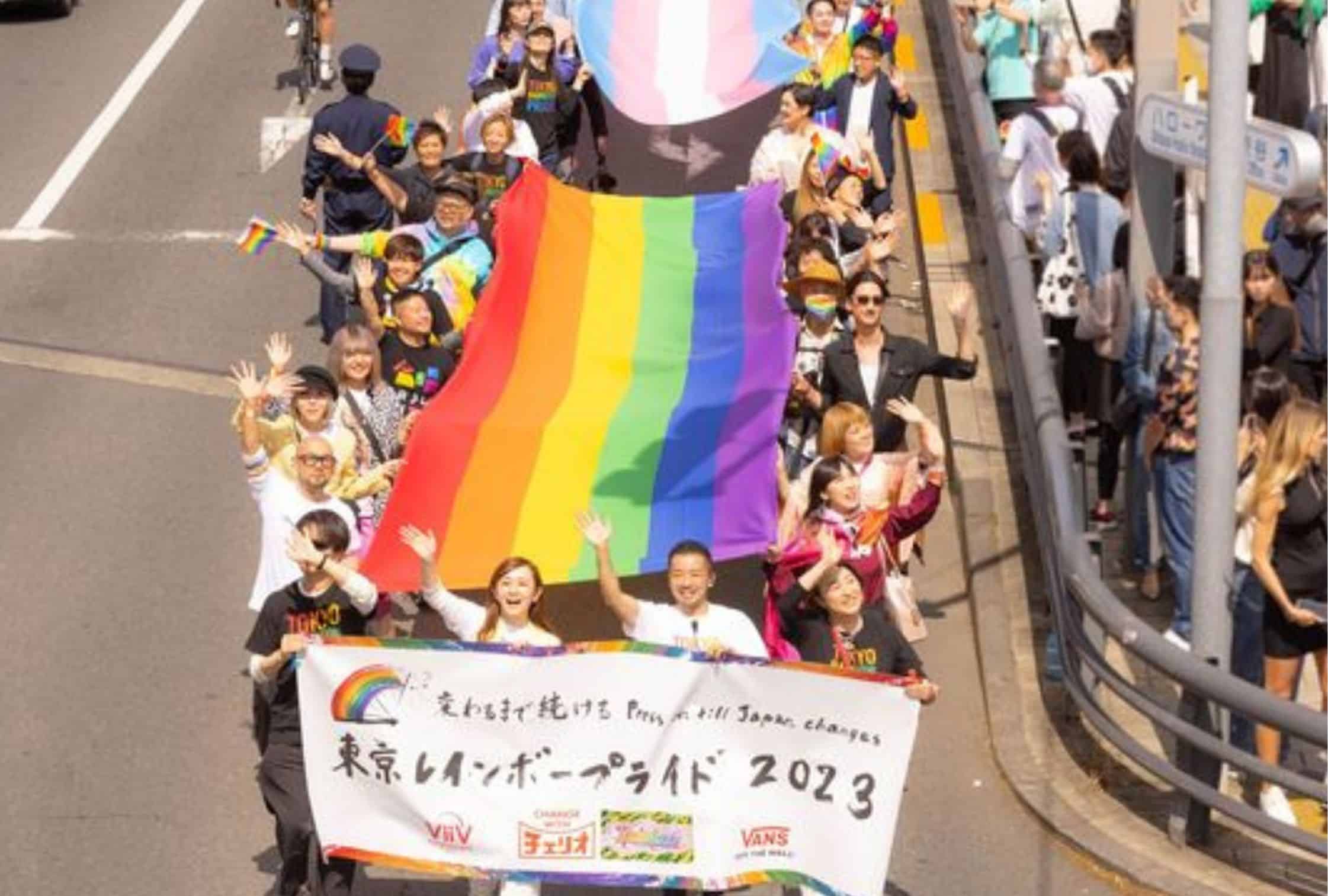


5. Experience Queer Literature
Loneliness Books, an online bookstore and library, has a unique origin story that traces back to the Tokyo Rainbow Pride event in 2019. This haven for queer literature has grown from its roots as a stall and is now comfortably nestled in founder Yo Katami’s home near Okubo. The bookstore’s collection primarily features queer literature in both Japanese and English, showcasing the voices of minority communities from Asia and beyond. You should make an appointment if you plan to visit the shop.
Loneliness Books also hosts a weekly popup event every Monday at Tac’s Knot, a queer-run café, providing a welcoming space to discover queer literature and engage with the community.
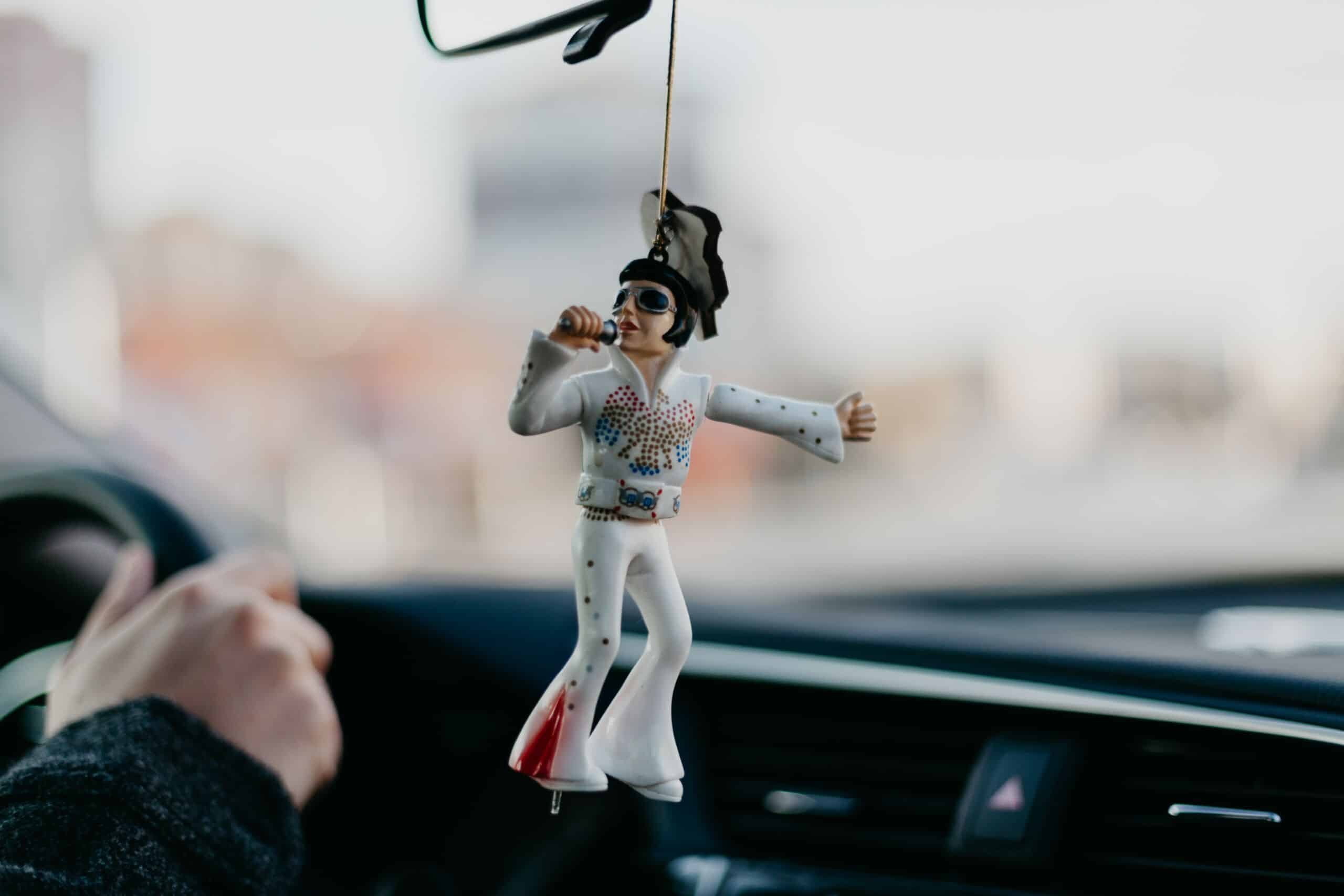


6. Rock with Tokyo’s Rockabilly Dancers
Harajuku is a lively district that never misses a beat, but if you want to witness its true vibrancy, go on Sunday. This is when the area around the station becomes a gathering point for Tokyo’s most eccentric characters: the rockabilly dancers. Right beneath the clock tower in Yoyogi Park, time seems to rewind to the 1950s American era. Here, the spirit of rock ‘n’ roll remains timeless as groups of rockabilly dancers in personalised jackets and finest denim jeans dance to the classic tunes of the ’50s. Each group takes its turn in the spotlight. Expect exaggerated air guitars, jumping splits, and maybe even Elvis’ iconic ‘rubber legs’ dance moves.
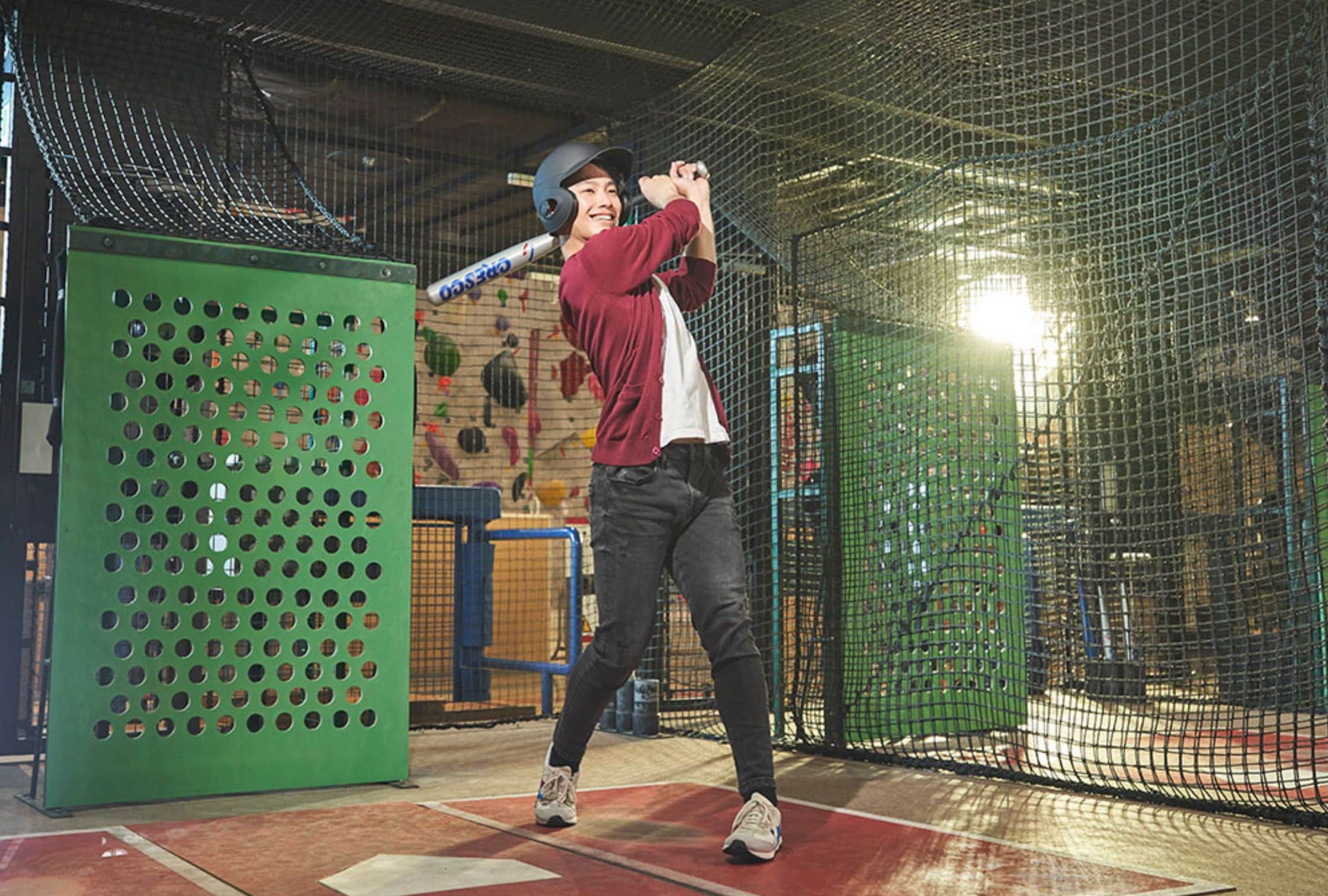


7. Step Up to Bat
Batting cages in Tokyo provide the perfect haven for honing your hitting skills, regardless of the weather or time constraints. You can find indoor baseball training centres across Japan; some even offer the option of professional-grade bats used by players such as Ichiro and Hideki Matsui.
Each batting cage is enclosed with nets and equipped with a pitching machine that delivers balls at varying speeds, catering to your skill level. You can choose pitches ranging from 80km to 120km/hour to challenge yourself and enhance your batting abilities. For approximately ¥300 to ¥500, you can get about 20 balls to bat. Some popular batting cages in Tokyo include Spo-Dori at Tokyo Dome City and Meiji Jingu Gaien.
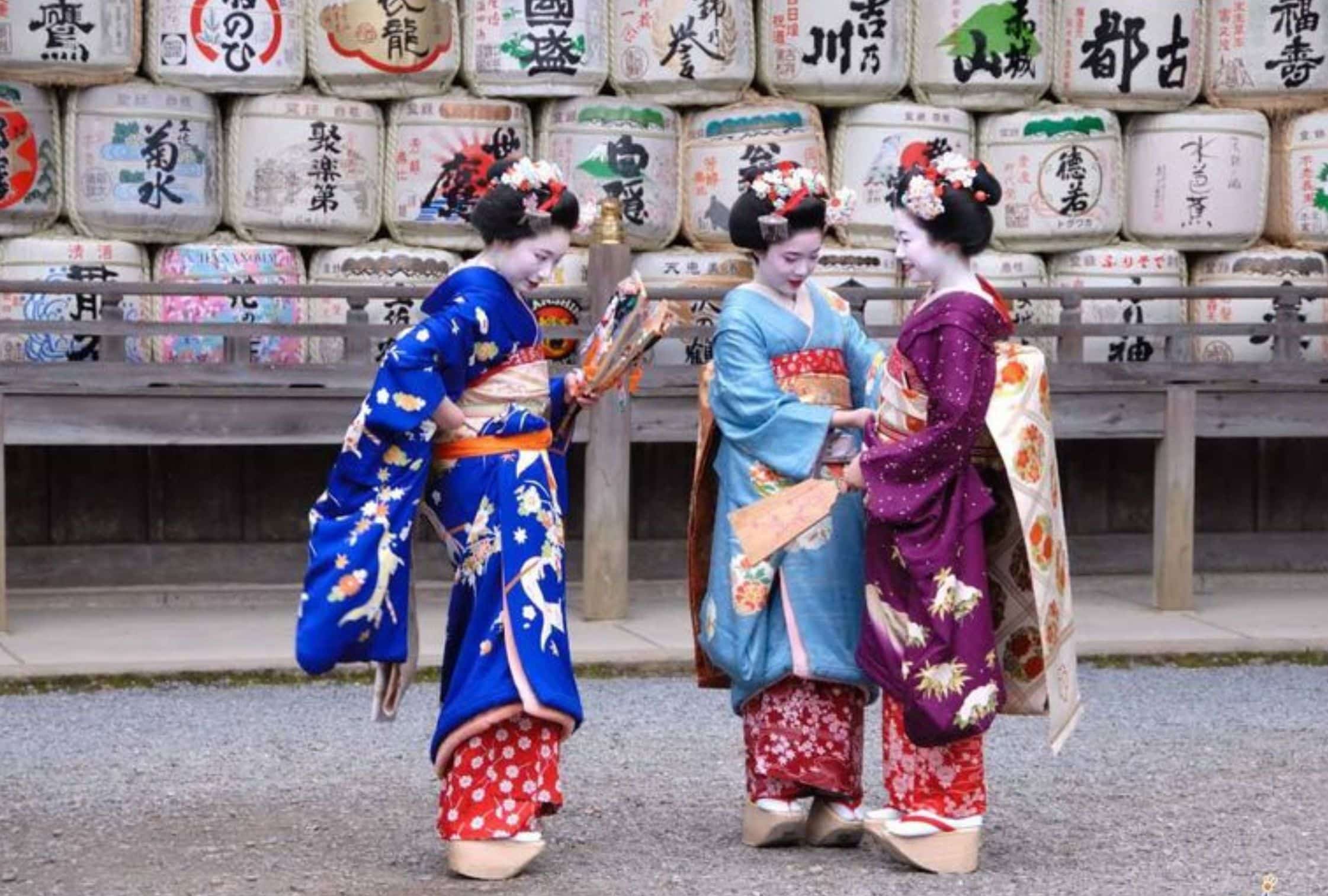


8. Become a Geisha (Men too!)
Do modern men want to be a geisha? This transformation is possible and should be included among all the unique experiences in Tokyo. Note that the original geisha are said to be men, not women. Geisha comes from two words, gei and sha, which translates to art person. According to Wikipedia, there are still a tiny number of male geisha in Japan. This means that men and women can learn and celebrate Japan’s beautiful geisha cultural facet by getting a total geisha makeover complete with an elaborate kimono.
(If the idea of becoming a geisha doesn’t appeal, men can opt to become samurais). Studio Geisha Café in Morishita, Tokyo, transforms barefaced participants with special geisha underwear, a wig and makeup. Yes, men will get the white paste and red lipstick. When taking photos, note that teeth are traditionally not shown when smiling, as it is regarded as impolite. Now, you know why some Japanese cover their mouth when laughing.
Offbeat Attractions Tokyo
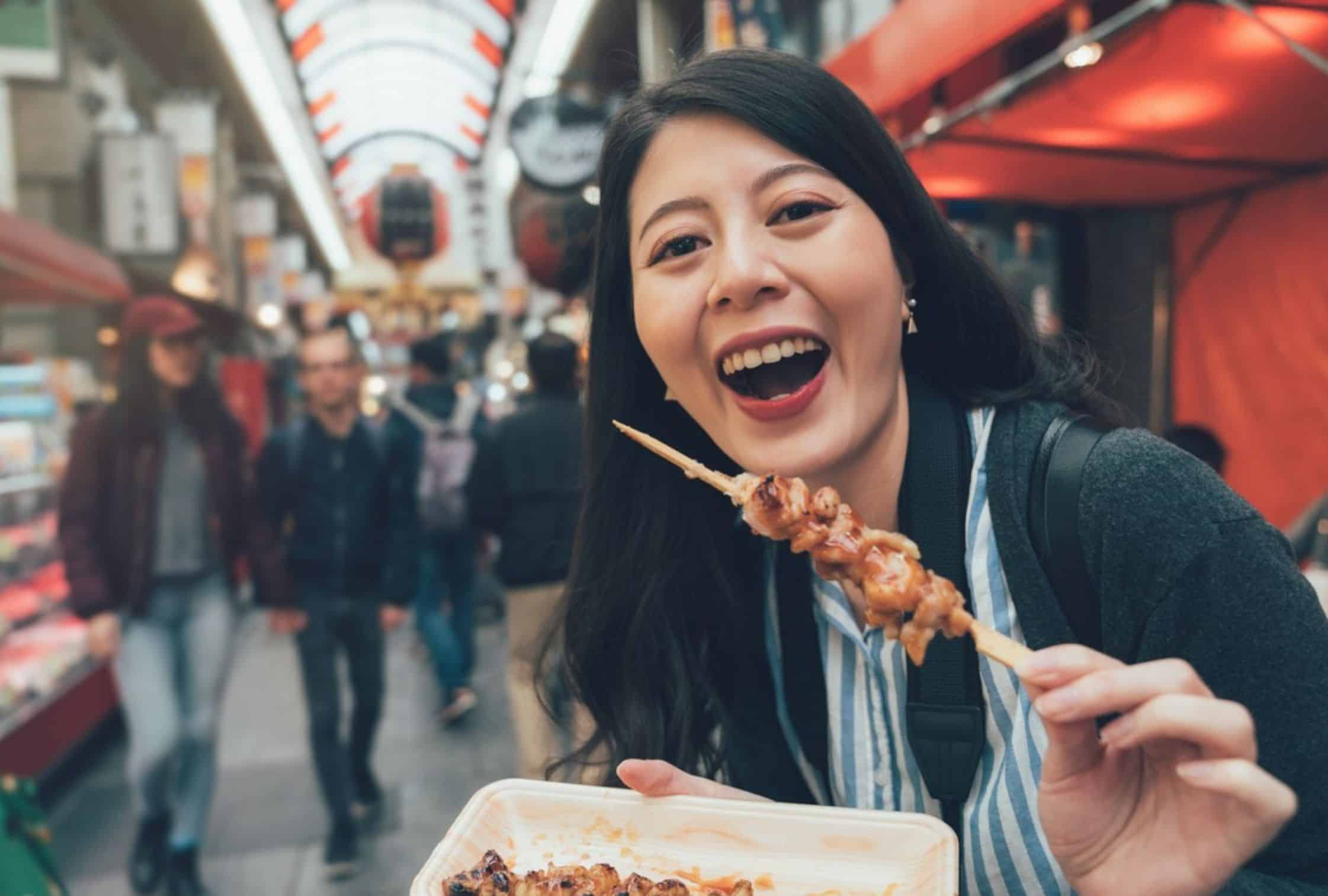


1. Eat Stamina Cuisine
Beyond the usual tourist spots are places that locals go to eat. Eating stamina cuisine is definitely among the weirdest things to do in Tokyo. Such food can be found in a charming alleyway housing approximately 60 quaint bars and eateries interconnected by a narrow street, just spacious enough for two to stroll side by side. This is Omoide Yokocho or “Memory Lane,” which traces its origins to the post-World War II black market scene in the late 1940s. It’s also known as “Piss Alley” due to its many watering holes and limited public restroom facilities.
Omoide Yokocho is a little less known than Golden Gai in Shinjuku. So, why should you visit this unique spot? Now, Omoide Yokocho boasts a delightful array of tiny stalls specialising in delectable yakitori and nikomi (a hearty beef tendon stew), perfectly complemented by an abundance of affordable beer and sake. Among its most famous—or infamous—establishments is the provocatively named Asadachi, which translates to “morning wood.” Here, you can try exotic delicacies such as fried frogs, salamanders, and even aphrodisiacs like bull penises, all while sipping on your favourite brew. They say stamina cuisine is good for vitality and stamina.
For an authentic experience of Omoide Yokocho, we recommend going at night. This is when most of these cosy bars come alive, and the area is teeming with businesspeople seeking a quick but memorable bite. Conveniently located just a five-minute stroll from Shinjuku station, you’ll find a helpful map showcasing the precise locations of every establishment on this website.
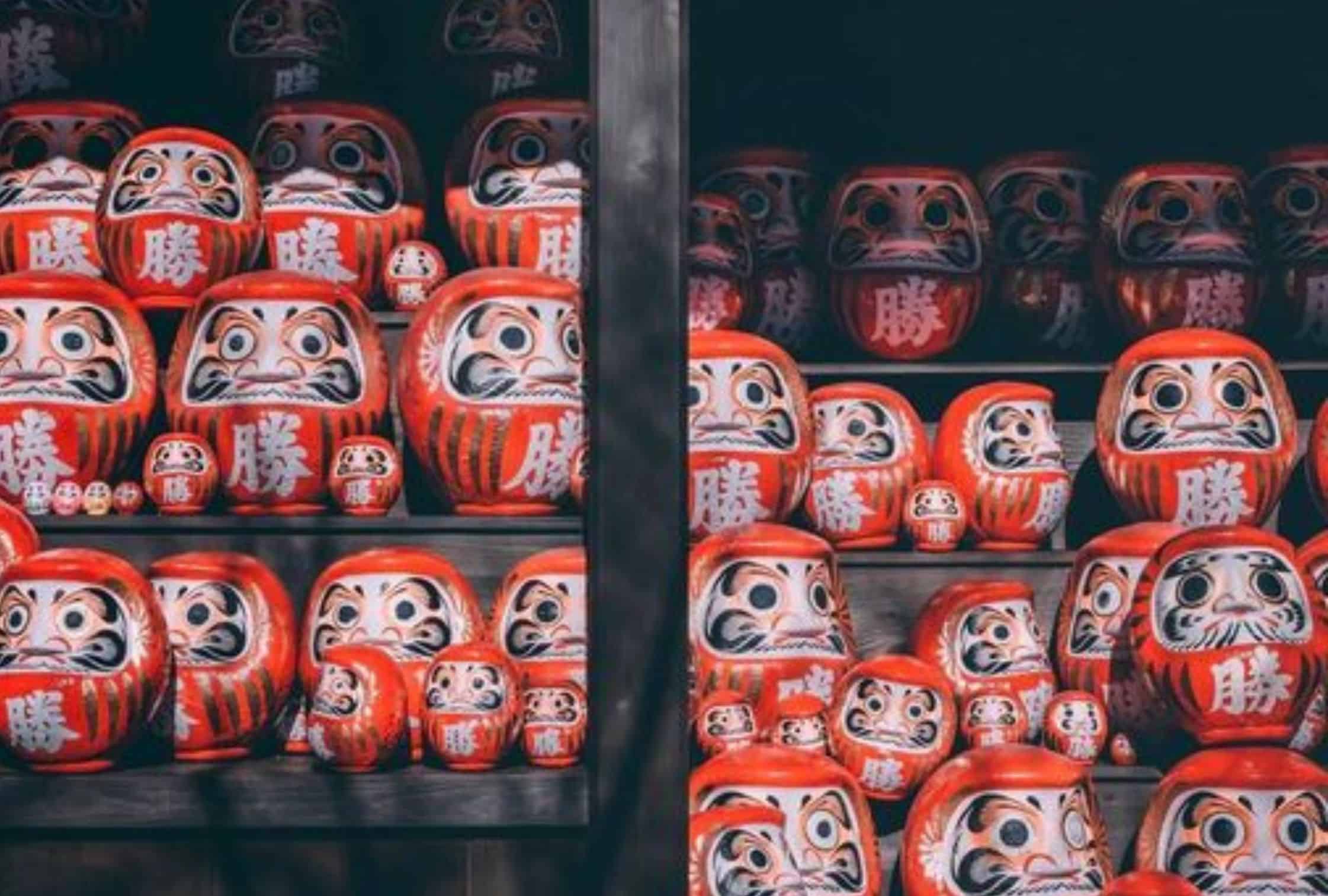

2. Buy a Daruma
Takasaki, just 1 hour and 45 minutes from Shinjuku Station is a laid-back city in Gunma, known for its Daruma dolls made of paper-mâché, often painted in red. This city is the largest producer of these dolls in Japan. Daruma dolls symbolise perseverance and good luck, making them a popular gift. The dolls are also associated with setting goals, which puts this activity on the list of non-touristy things to do in Tokyo.
When you buy a Daruma doll here, you can follow the local tradition of colouring in the left eye while making a wish. If your desire comes true, you fill in the right eye. In January, the main street from Takasaki Station to City Hall is packed with stalls selling Daruma dolls in all sizes and colours. You’ll find well-known onsen resorts outside Takasaki, like Ikaho Onsen and Shima Onsen. Also nearby is the Tomioka Silk Mill, a World Heritage Site that showcases Japan’s modernisation in the late 1800s. Due to the mill’s history, you’ll notice a French influence in town, with many French-style cafes and restaurants to explore on foot.
If you wander through the streets of Shima Onsen, you might stumble upon the Sekizenkan Ryokan, Japan’s oldest existing hot-spring ryokan, said to have inspired the film “Spirited Away.” Takasaki station is also a starting point for historic steam locomotives. Depending on the day, two steam locomotives operate out of this station, running to Yokokawa or Minakami.
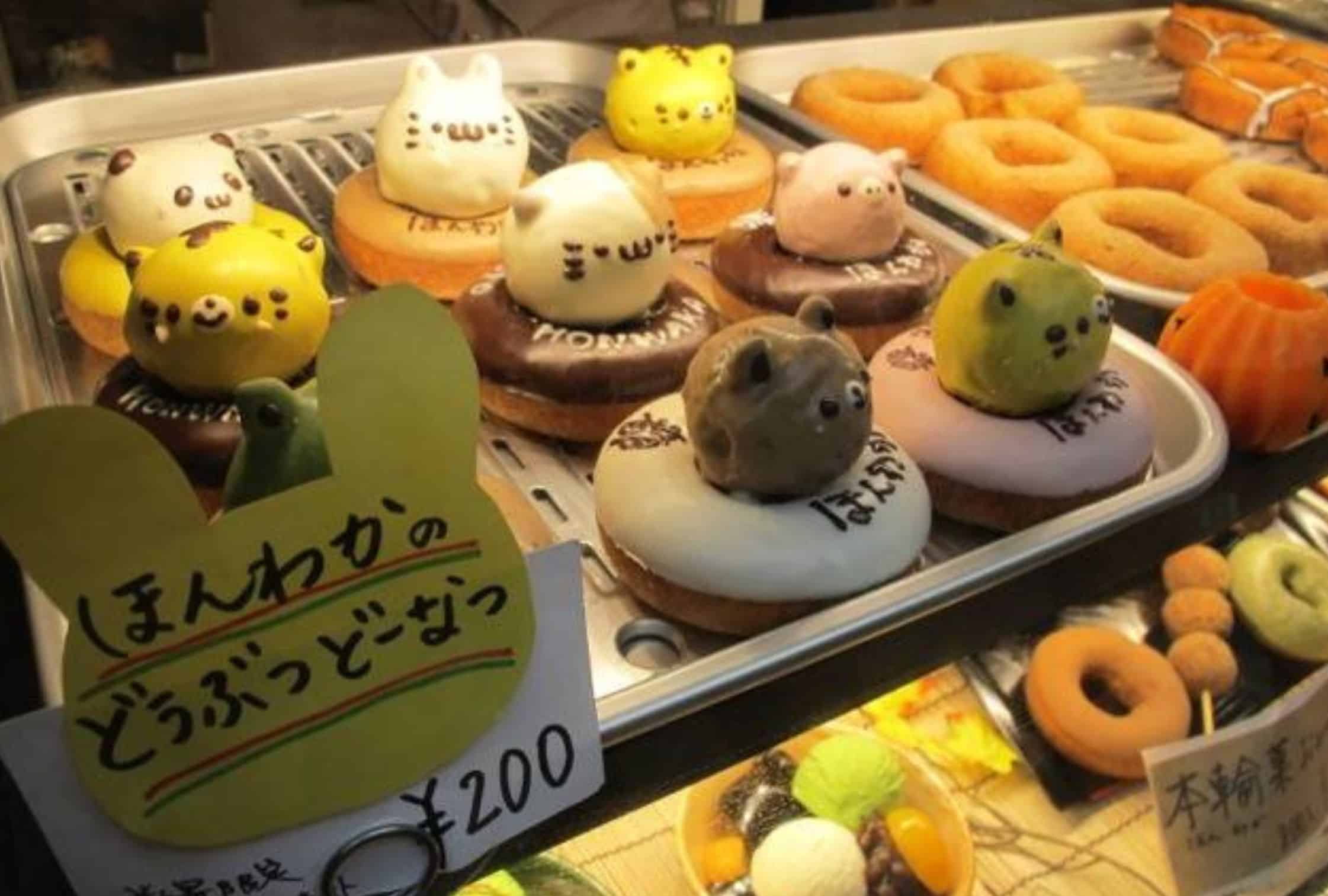


3. Get High on sugar rush
Enjoy a unique experience in Tokyo at a dagashi bar. For approximately ¥500, you can indulge in various candies while sipping your beer or highball. Dagashi is the Japanese equivalent of candies or pick ‘n’ mix, consisting of sweets priced between ¥10-50 yen each. They come in colourful packaging, often featuring famous sports stars or manga characters, and offer an array of unusual flavours like soy sauce, salami, and yakitori.
These sweets encompass gummies, chocolates, hard candies, jellies, sprays, granulated treats, cookies, doughnuts, and cakes. You’ll also find an assortment of dried noodle snacks, chips, and puffed corn-based snacks. So that you know, you have to eat all your sweets on the premises. No taking any home. A dagashi bar’s exterior evokes a Showa-era store design, while the interior is adorned with sweets piled up in wicker baskets alongside nostalgic memorabilia. While you’re there, you should also order some food. Indulging in your sweets before and after your meal is customary.
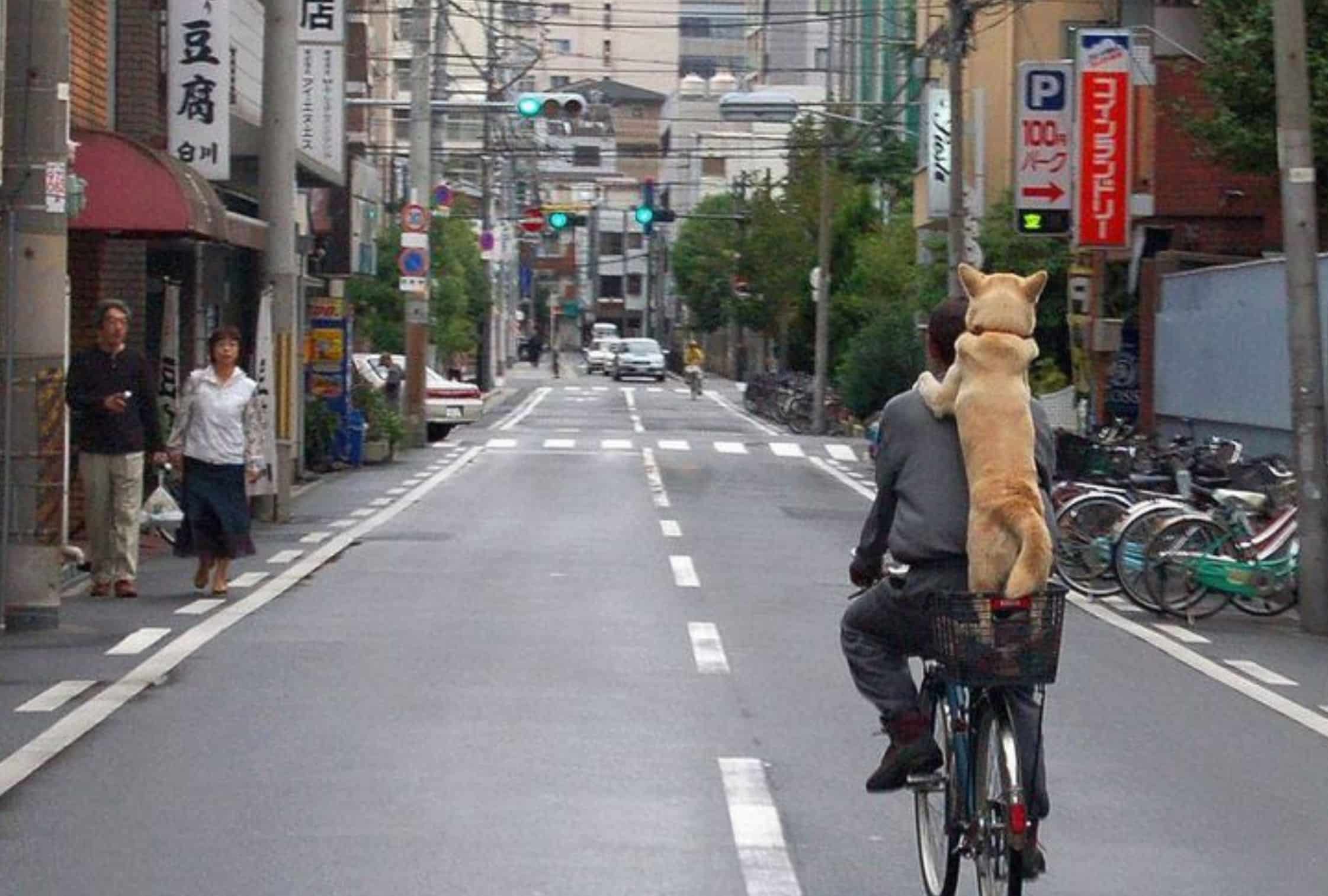


Tokyo’s unique experiences are like a treasure trove waiting to be discovered by intrepid travellers. It offers a mesmerizing blend of tradition and modernity that can truly make a traveller’s dreams come true.
The city’s vibrant culture, delicious cuisine, and warm hospitality create memories that linger long after the journey ends, making Tokyo a destination that beckons you back time and time again. So, embrace the enchantment of Tokyo, and let it be your passport to a world of unforgettable adventures.
Its time for you to enjoy unique experiences in Tokyo?
REACH OUT TO US AT +603 2303 9100 OR
[email protected]
You may also be interested in:
